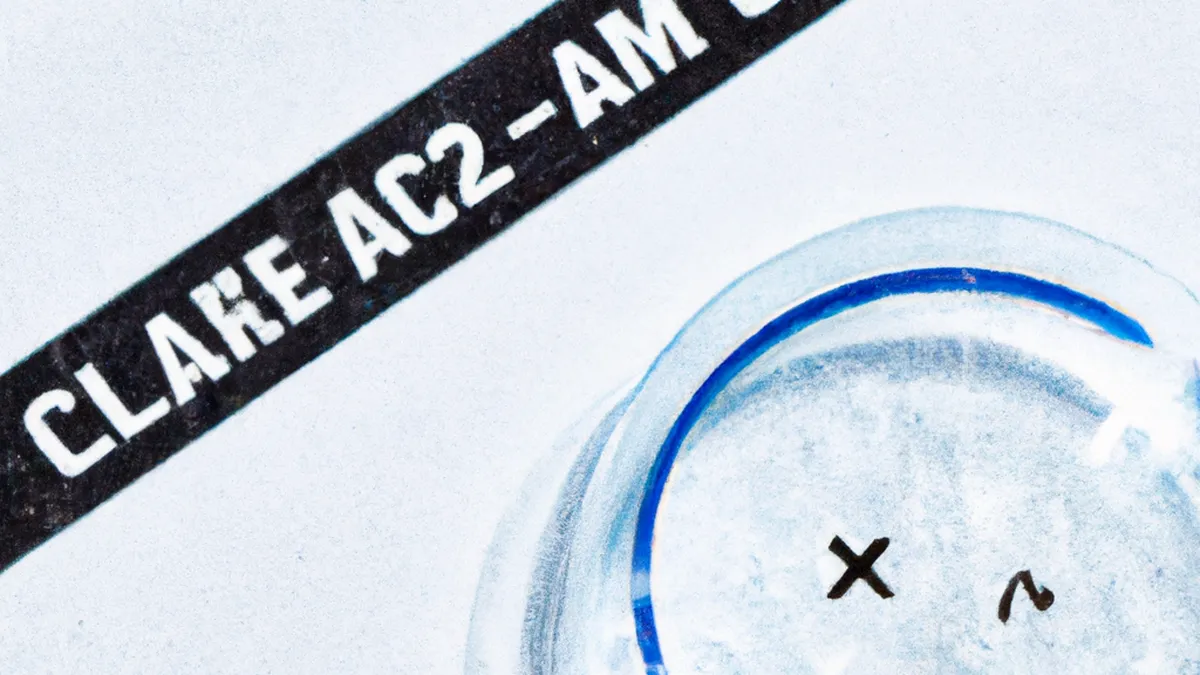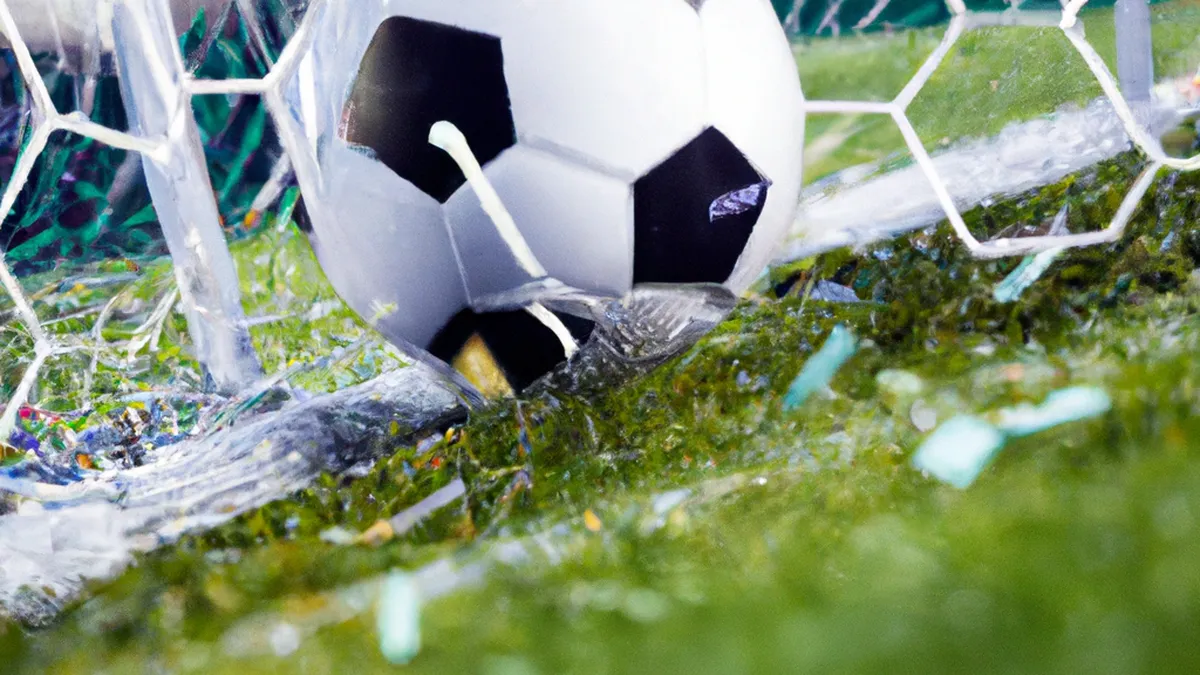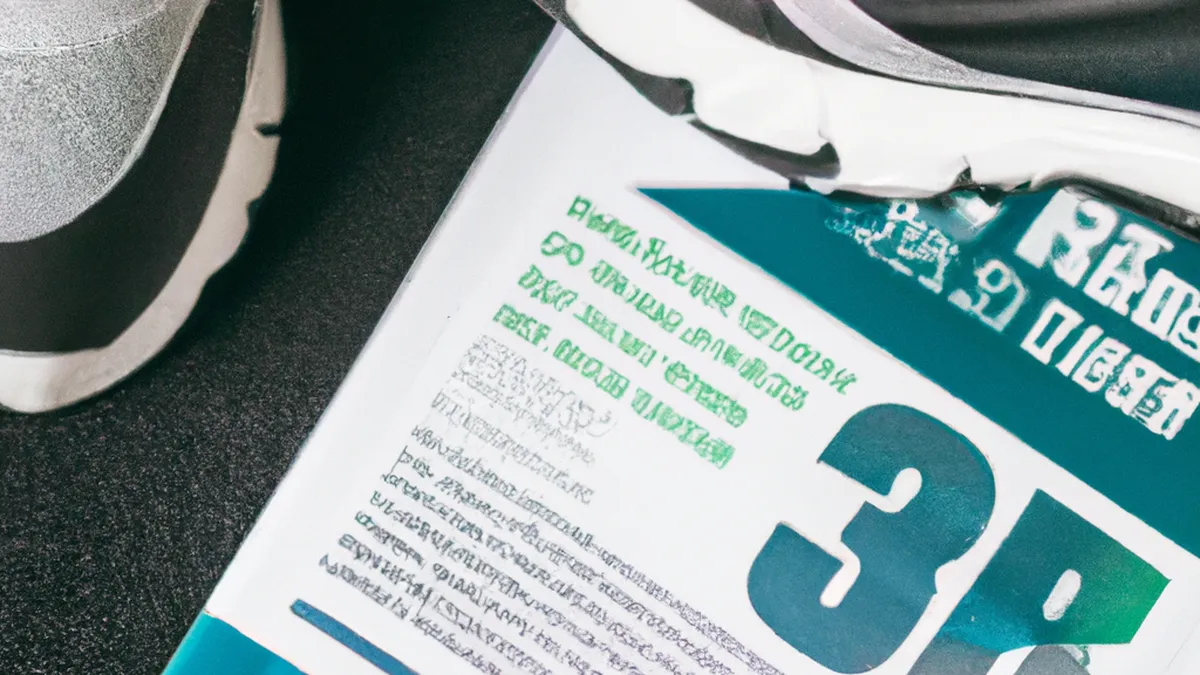Clear Guidelines: Managing Concussions Effectively
Concussion Awareness and ProtocolsConcussions pose serious risks to everyone, including athletes and everyday individuals. They often arise in contact sports, but falls and accidents can also cause them. Understanding concussions helps with prevention and recovery. This post explores concussion awareness, protocols, and effective management.
Understanding Concussions
A concussion is a traumatic brain injury (TBI). The brain shakes inside the skull due to sudden impacts. This shaking disrupts brain function and causes various symptoms. According to the CDC, 1.6 to 3.8 million concussions occur annually in the U.S. during sports and recreational activities. Many people underestimate concussions’ seriousness, risking long-term complications like chronic headaches and memory issues.
Recognizing the Signs
Identifying concussion signs early is essential. Common symptoms include:- **Headache or pressure in the head**- **Nausea or vomiting**- **Balance or coordination problems**- **Sensitivity to light or noise**- **Confusion or feeling “foggy”**- **Difficulty concentrating or remembering**- **Mood changes, such as irritability or sadness**Seek medical help immediately if you or someone else shows these symptoms after a head injury. Early recognition and intervention significantly improve recovery and may prevent further injury.
Protocols for Athletes
Sports organizations implement concussion protocols to protect athletes. These protocols often include:1. **Immediate Assessment**: Remove any player showing concussion signs from the game or practice. Evaluate their condition immediately to prevent exacerbating the injury.2. **Medical Evaluation**: Healthcare professionals should assess the athlete promptly. They will check for symptoms and conduct cognitive tests to gauge injury severity.3. **Return-to-Play Guidelines**: Athletes must follow a stepwise return-to-play protocol. Start with light exercises and gradually increase intensity under healthcare supervision. Athletes should not return until symptom-free at rest and during activity.4. **Education and Training**: Coaches, athletes, and parents should receive concussion education. Understanding risks, symptoms, and protocols helps prevent further injuries.
Conclusion
As an Amazon Associate I earn from qualifying purchases.
Gear tip: consider compression socks, hockey skates, and compression sleeves to support this topic.
Understanding concussions and following established protocols can significantly enhance awareness and recovery efforts.
Below are related products based on this post:
FAQ
What is a concussion?
A concussion is a traumatic brain injury caused by the brain shaking inside the skull due to sudden impacts. This shaking disrupts normal brain function and can lead to a range of symptoms that affect an individual’s health and well-being.
What are the common signs of a concussion?
Common signs of a concussion include headache, nausea, balance problems, sensitivity to light or noise, confusion, difficulty concentrating, and mood changes. Recognizing these symptoms early is crucial for seeking medical help and ensuring a proper recovery.
What protocols are in place for athletes regarding concussions?
Sports organizations implement concussion protocols that include immediate assessment, medical evaluation, and return-to-play guidelines. These protocols ensure that athletes are evaluated and monitored properly before returning to sports, prioritizing their health and safety.















Post Comment